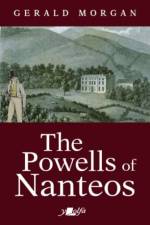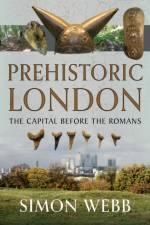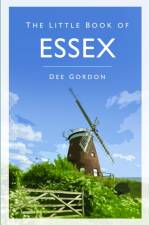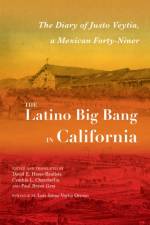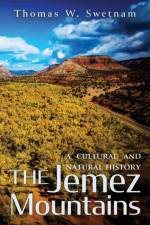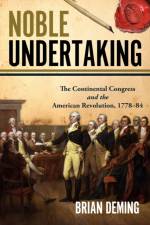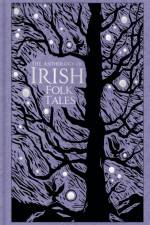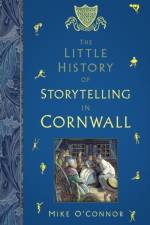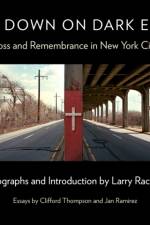av Thomas W. Swetnam
355,-
The Jemez Mountains are a quintessential New Mexico landscape. For centuries, Pueblo, Spanish, and Anglo cultures have mixed and melded here. Many ancient villages are scattered across the mesas and in the canyons below the Valles Caldera--the crater of a giant, slumbering volcano. Rocks and trees of this landscape tell stories of past eruptions, lava flows, droughts, floods, forest fires, and hot springs damming a river. People tell stories of conquistadores, pueblos, and priests, of battles for land and water, of farming and sheep herding, and of raiders, rustlers, forest rangers, and hippies.This book recounts some of these fascinating stories in forty brief chapters, with more than a hundred photographs, maps, and drawings. Matched photographs of the same views taken up to 150 years apart attest to striking change and apparent stasis. Major alterations have occurred in some places over the past two centuries due to human activity, and increasing climate change threatens further transformation.For those new to the Jemez Mountains, these stories and images will provide an introduction to the cultural and natural history of the area. Residents and longtime aficionados of the Jemez will find both familiar and surprising stories and will gain a renewed sense of the magnificence of this place.






